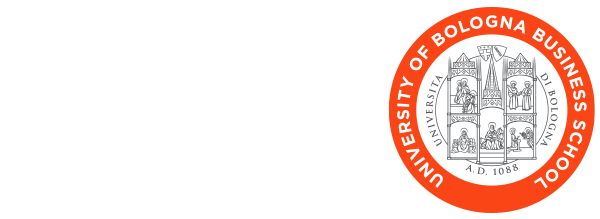
Dialogues. Michael Watras
19 March 2018Michael Watras, Chairman and CEO of Straightline and host of the Spring edition of the Innovation Talks 2018, shared with us the experience of a lifetime career in brand strategy and corporate communication.
You have recently been defined by some major Italian newspapers and magazines as the ‘corporate branding guru’. What is your personal definition of a winning branding strategy? Could you tell us about your vision through the example of a brand that you personally worked on?
MW: A strong corporate brand must be based on a profound core that is genuine to the company and is stewarded by the most senior executives. These are the brands that are most capable of thriving and sustaining growth. The corporate brand strategy should be designed to cascade down to the way you position and brand business units, product lines and individual products.We have recently been working with ABB – a global engineering and technology company – and the CEO has been instrumental in ensuring the core purpose at the heart of the company runs through everything they do, from products to communications to employee engagement. It is making a real difference to the company and the way people perceive them.
The ‘Made in Italy’ brand is one of the most recognized in the world, understood not only as a production located in Italy, but as a perception of the product as a whole. Adding to the very high number of brands that show the phrase Made in Italy also the countless counterfeits, don’t we risk to inflate the market and in some way, devalue our national brand? What strategies can we adopt to preserve the exclusivity of our products and which advice would you give to Italian excellent companies to further improve their international exposure?
MW: When ‘made in …’ country/region brands like this are applied to products, it is always a 2-way street. The perceived quality of the product is affected by the brand, but also the perceived quality of the country becomes affected by the quality of the products. If there is no control of the products, then ‘Made in Italy’ will eventually represent the worst of the bunch, or ‘unpredictable’ at best. Today, the criteria for use is purely based upon geographic production – with implied values of craftsmanship, design, passion. I would look at ensuring there are explicit values, that become additional criteria and can be celebrated as standing for what great Italian products should be. I would also be interested to see how this brand could extend beyond product companies, but also to service companies, utilities, and even academia!
Nowadays, practically all the brands are present, some more while other less, online. How does digital branding differ from the traditional one? Is it necessary, or advisable, to maintain the identity of a company identical both online and offline, or is a differentiated strategy and narrative preferable?
MW: Let’s be clear, it might be a relatively new addition to the world of brands but, at a fundamental level, online is just like any other channel or touchpoint. Nobody ever asks “what should my storefront brand be” or “how should my telephone brand differ” and I think companies are making a big mistake if they think that online branding should be different from offline. Companies, like people, should have only one identity – anything else is schizophrenia. Some brands may find they have new customer segments that predominate the digital channels and need to communicate to that audience accordingly – but if reaching that segment needs a different brand, then this becomes a classic brand architecture challenge. It is not about having a digital brand!
However, many brands have been developed in a pre-digital era and so are not yet suited for online channels. This can range from visual identity, to marketing approach or even business model. We always help brands to understand where they are going as much as who they are. Today this often means looking at the company through a “digital-first” lens.
Let’s talk about rebranding. One of the Italian most important football teams, Juventus, decided a year ago to redesign its logo. The decision generated conflicting reactions. While some appreciated the desire to give new impetus to the brand, some others regretted the tear with tradition. In your opinion, in which cases can rebranding be useful and in which it is useless or even harmful?
Rebranding is sometimes treated as just logo redesign. When we work with organisations that are considering visual identity redesign we always give the same advice. “Changing a logo should always be a symbol of an underlying organizational change.” If you change a logo, you are asking a lot of your existing audiences and if you don’t give them any solid reasons to embrace the change and what it represents, then you are basically telling them that the logo they have loved was wrong. This can hurt.
Bologna Business School, through its programs, supports young entrepreneurs who wish to launch themselves into the world of startups. What advice would you give to those who are building their own company? Where should they start to create a recognizable brand right from the beginning?
MW: I would caution them about trying to get it right from the start. Many successful startups go through a number of fundamental changes in their business strategy in the first year – they can easily end up with a brand that no longer fits them. However, once they are close to getting it sorted, then I’d tell them to stick to 3 simple rules for having a strong corporate brand.
- Keep it genuine. The business will face inevitable challenges and the true brand always comes out during a crisis. So much more in our hyper-connected world. You can no longer say one thing and do another.
- Make it meaningful. The brand has to cut through the competitive set and give a reason for people to choose – whether to buy, to partner, to trust or to be employed by you. Brands with real purpose can stand out and attract.
- Be clear. Have a coherent way of delivering your brand and maintain this across all brand touchpoints. Confusion, mixed-messages and incoherence are your worst enemy.
